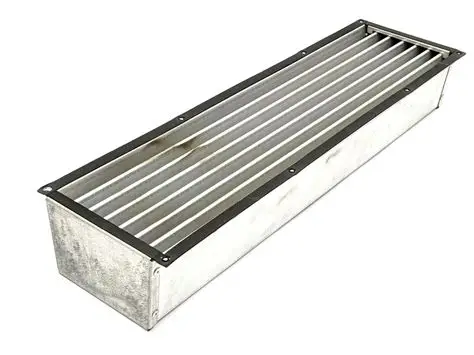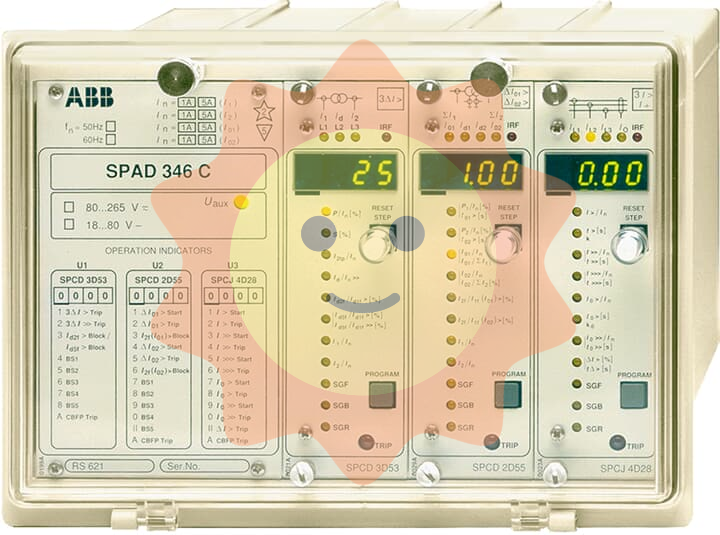Record of ultra-deep oil and gas exploration and development in Tarim Oilfield
Tarim basin, the largest oil-bearing basin in China, is home to more than 80% of the country's ultra-deep Wells. With extraordinary perseverance, innovative theory, superb technology and advanced equipment, Tallimu Oilmen have drilled 41 ultra-deep Wells with vertical depths of more than 8,000 meters.
In August, when the sun breaks through the clouds and casts its light on the vast Taklimakan Desert, a series of red-and-white derricks dot the landscape, exuding a bleak industrial beauty.
As far as the eye can see, it is a magnificent picture of the modern oil industry. Tarim basin, the largest oil-bearing basin in China, is home to more than 80% of the country's ultra-deep Wells. With extraordinary perseverance, innovative theory, superb technology and advanced equipment, Tallimu Oilmen have drilled 41 ultra-deep Wells with vertical depths of more than 8,000 meters.
Tarim Basin is endowed with natural oil and gas resources, but also has an unpredictable temperament. Drilling here, it's like a very expensive blind box.
In the daunting no man's land, blade mountain, jagged cliff, desert Gobi, Sea of death... The harsh natural environment and the complicated geological conditions are like an insurmountable rift, which has put a heavy haze on the oil and gas exploration and development. From the end of the 1950s to the early 1980s, the older generation of oil men went through five degrees on the horse, five degrees off the horse, played more than 130 exploration Wells, but only two medium-sized oil and gas fields were harvested.
Time travel to 2021, the oil and gas output equivalent of the Tarim oilfield after the first time in 2020 exceeded 30 million tons, and rushed to a new level of 31.82 million tons, forming a pattern of two trillion square atmospheres and a 1 billion tons of large oil area.
What makes this sad oil man become a fertile land of energy, and what makes this huge basin create a subversive peak?
The history of exploration and development in Tarim Basin is the history of continuous exploration of ultra-deep fields.
Intruding into restricted exploration zones
"This is a restricted area for exploration. There is no geophysical exploration at all." In the face of extremely complex surface geological conditions in front of Kuqa Mountain in Tarim Basin, geophysicist Yilmaz once made such a judgment.
The Kuqa Mountain he talked about is located in the north edge of the basin, the southern foot of the Tianshan Mountain, where the cliffs are lined, the cliffs are stacked, the peaks are jagged, the grass and trees are not born, like the axe and machete.
"Look up to see the blue sky, clouds around the well, climb the slope when you go out, walk up the mountain." One of the rhymes expresses the sinister nature of the environment.

"The Tarim Basin is a large superimposed composite basin with a 'three-uplift and four-depression' tectonic pattern and seven first-order tectonic units." Pointing to an intricate topographic map, Yang Haijun, chief expert of Tarim oil field, said. A few simple "popular science" has made laypeople confused.
In the Tarim Petroleum Exhibition Hall, a huge basin-like model makes people intuitively feel the uplift, folds, faults... The geological structure of the Tarim Basin is complex, and some geologists have made an analogy, just like breaking a pile of plates and kicking a few feet.
In the eyes of experts, the Tarim Basin of 560,000 square kilometers can be roughly divided into several large blocks, namely, the foreland area (foreland basin) in the piedmont zone around the basin, the Kuqa foreland area in front of the Tianshan Mountains in the north, the southwest foreland area in front of the Kunlun Mountains in the southwest, and the platform basin area in the center of the basin (Craton basin).
"The geological conditions of the Tarim Basin are completely different from those of other basins in the world. After eight phases of structural deformation, the Tarim Basin is characterized by ultra-deep, high temperature, high pressure, high sulfur content and high wax content. The proven reserves of oil and gas reservoirs buried deeper than 4,500 meters account for 74.9% of the total reserves, making exploration and development extremely difficult." Yang Haijun said.
History also confirms this point --
From the early 1950s to the late 1970s, China has five Tarim. Due to the technical level and economic conditions, it is impossible to understand the geological structure and identify the structural form, even if the older generation of oil men are searching hard, "empty Wells one after another", and only two small and medium-sized oil and gas fields of Yiqi Creek and Kekeya are found in the middle and shallow layers, with little effect.
Entering the 1980s, the former Ministry of Petroleum Industry organized the "six up" Tarim, and finally did not return empty-handed, especially in 1988, Lunnan 2 well made a milestone breakthrough, which opened the prelude to large-scale oil and gas exploration and development in the Tarim Basin.
- EMERSON
- Honeywell
- CTI
- Rolls-Royce
- General Electric
- Woodward
- Yaskawa
- xYCOM
- Motorola
- Siemens
- Rockwell
- ABB
- B&R
- HIMA
- Construction site
- electricity
- Automobile market
- PLC
- DCS
- Motor drivers
- VSD
- Implications
- cement
- CO2
- CEM
- methane
- Artificial intelligence
- Titanic
- Solar energy
- Hydrogen fuel cell
- Hydrogen and fuel cells
- Hydrogen and oxygen fuel cells
- tyre
- Chemical fiber
- dynamo
- corpuscle
- Pulp and paper
- printing
- fossil
- FANUC
- Food and beverage
- Life science
- Sewage treatment
- Personal care
- electricity
- boats
- infrastructure
- Automobile industry
- metallurgy
- Nuclear power generation
- Geothermal power generation
- Water and wastewater
- Infrastructure construction
- Mine hazard
- steel
- papermaking
- Natural gas industry
- Infrastructure construction
- Power and energy
- Rubber and plastic
- Renewable energy
- pharmacy
- mining
- Plastic industry
- Schneider
- Kongsberg
- NI
- Wind energy
- International petroleum
- International new energy network
- gas
- WATLOW
- ProSoft
- SEW
- wind
- ADVANCED
- Reliance
- YOKOGAWA
- TRICONEX
- FOXBORO
- METSO
- MAN
- Advantest
- ADVANCED
- ALSTOM
- Control Wave
- AB
- AMAT
- STUDER
- KONGSBERG
- MOTOROLA
- DANAHER MOTION
- Bently
- Galil
- EATON
- MOLEX
- Triconex
- DEIF
- B&W
- ZYGO
- Aerotech
- DANFOSS
- KOLLMORGEN
- Beijer
- Endress+Hauser
- MOOG
- KB
- Moxa
- Rexroth


Email:wang@kongjiangauto.com

















































































































